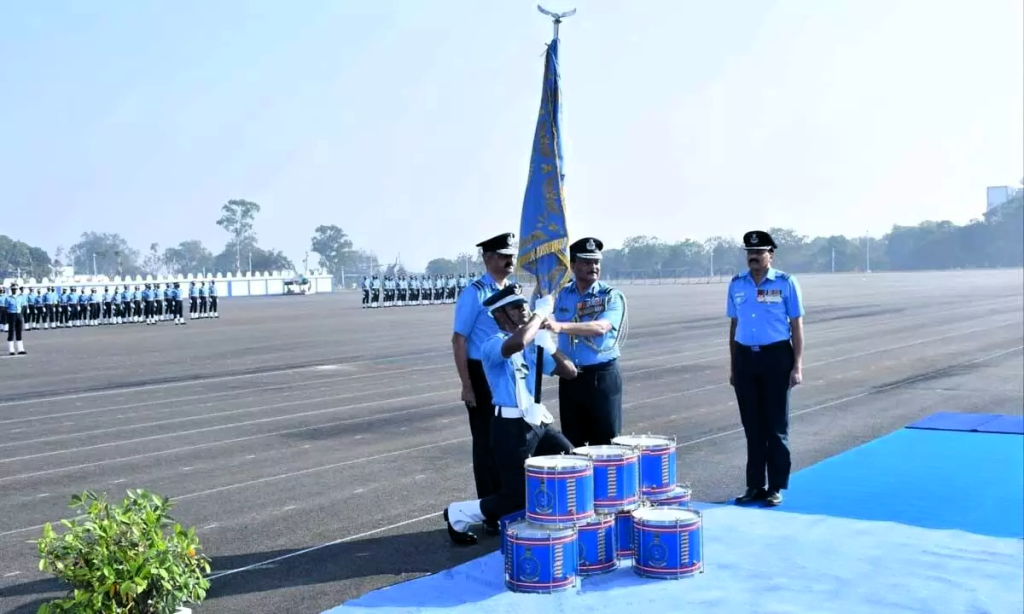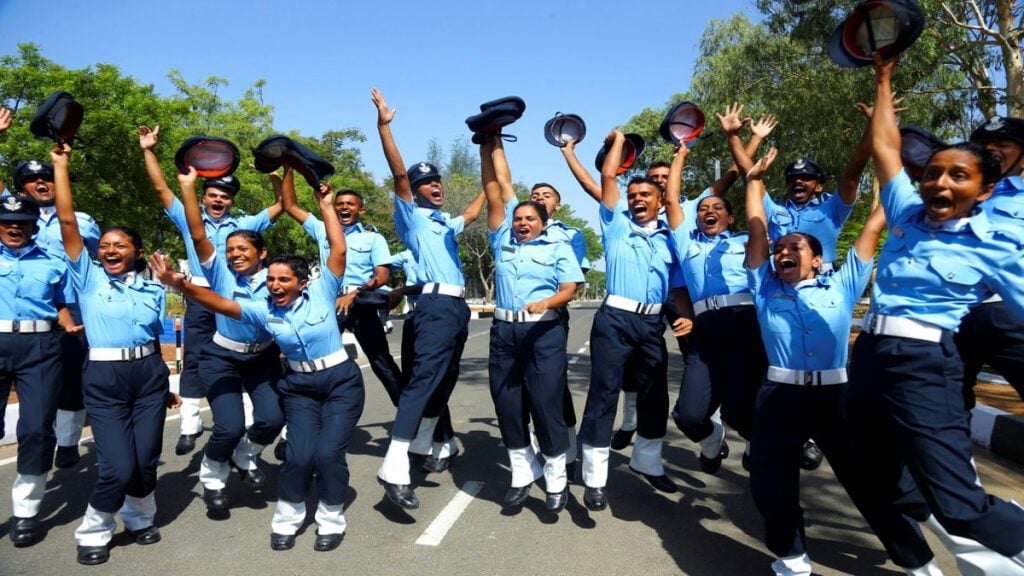As the AFCAT (Air Force Common Admission Test) and CDS (Combined Defence Services) exams for 2024 approach, candidates are immersing themselves in thorough preparation, focusing on each section to maximize their chances of success. Within the expansive Reasoning section, Direction and Distances present a unique challenge that requires a strategic approach. In a dedicated live class, important and previous year questions were meticulously discussed and solved, offering valuable insights into the concepts and tricks essential for mastering this segment. This article explores the intricacies of AFCAT-CDS 1 2024 Exam Reasoning – Direction and Distances Class, providing a comprehensive guide for effective problem-solving.
Understanding Direction and Distances
Essential Concepts of Direction and Distances
1. Cardinal Directions
- Understanding the basic directions: North, South, East, and West, and their intermediaries (Northeast, Northwest, Southeast, Southwest).
2. Relative Directions
- Grasping concepts like left, right, front, back, and their applications in describing the position of an object or person.
3. Angular Directions
- Applying angular measurements, such as angles in degrees, to describe the direction of movement or position.
4. Distances and Displacement
- Distinguishing between physical distances and displacement, which takes into account both distance and direction.
Solving Previous Year’s Important Questions
Question 1: Cardinal Directions
- If John walks 5 km North, then 3 km East, what is his final position from the starting point?
- Trick: Combine the distance and direction to determine the final position using cardinal directions.
- Solution: John’s final position is 5 km North and 3 km East, forming a right-angled triangle. Using the Pythagorean theorem, the distance is √(5² + 3²) = √34 km.
- Explanation: This question illustrates the application of cardinal directions and basic geometry in determining the final position.
Question 2: Relative Directions
- If Mary turns left, then walks 2 km, and finally turns right, what is her net displacement?
- Trick: Understand the relative directions to calculate the net displacement. Left and right movements cancel each other out.
- Solution: Mary’s net displacement is 2 km in the left direction.
- Explanation: Recognizing the canceling effect of opposite relative directions simplifies the calculation of net displacement.
Tricks for Efficient Direction and Distances Problem Solving
1. Visualizing Cardinal Directions
- Trick: Mentally visualize cardinal directions to facilitate better understanding and interpretation.
- Application: A clear mental image of cardinal directions aids in accurately determining final positions or directions.
2. Canceling Relative Directions
- Trick: Recognize the canceling effect of opposite relative directions to simplify calculations.
- Application: Canceling out left and right movements helps in quickly calculating net displacement.
3. Angular Measurements for Precision
- Trick: Utilize angular measurements for precise descriptions of changes in direction.
- Application: Angular measurements provide a more accurate representation of directional changes in complex scenarios.
4. Utilizing Distances and Displacement
- Trick: Understand the difference between distances and displacement to accurately describe the position or movement of an object.
- Application: Displacement accounts for both distance and direction, providing a more comprehensive representation.
Analyzing Extra Complex Direction and Distances Questions
Question 4: Multiple Directional Changes
- If Alice moves 3 km South, then 2 km West, followed by 4 km North, and finally 5 km East, what is her final position?
- Trick: Combine multiple directional changes to determine the final position using cardinal directions.
- Solution: Alice’s net displacement is 2 km West, forming a right-angled triangle with the previous movements. The distance is √(3² + 5²) = √34 km.
- Explanation: This question demonstrates the application of combining multiple directional changes to calculate net displacement.
Question 5: Angular and Cardinal Directions
- If a ship starts at 60 degrees North and turns to 120 degrees East, what is its final position?
- Trick: Combine angular and cardinal directions to describe the final position accurately.
- Solution: The ship’s final position is 60 degrees North and 120 degrees East.
- Explanation: This question emphasizes the integration of angular and cardinal directions for precise positioning.
Strategies for Effective Direction and Distances Problem-Solving
1. Break Down Sequential Movements
- Strategy: Break down sequential movements into individual steps. Analyze each step separately before combining them.
2. Use Cardinal Directions as Reference Points
- Strategy: Use cardinal directions as reference points to describe positions accurately. This enhances clarity in communication.
3. Apply Pythagorean Theorem for Distances
- Strategy: When dealing with distances involving cardinal directions, apply the Pythagorean theorem to calculate net displacement.
4. Incorporate Angular Measurements
- Strategy: When describing changes in direction, incorporate angular measurements for more precise and detailed explanations.
5. Practice Mapping and Visualization
- Strategy: Regularly practice mapping and visualizing directional changes. This enhances spatial awareness and problem-solving skills.
Conclusion
In conclusion, AFCAT-CDS 1 2024 Exam Reasoning – Direction and Distances Class provided invaluable insights into the complexities of navigating spatial relationships. The ability to interpret cardinal directions, understand relative movements, and calculate precise distances and displacements is crucial for success in the Reasoning section of competitive exams. By mastering fundamental concepts, applying efficient tricks, and adopting strategic problem-solving approaches, candidates can confidently approach direction and distances questions. Regular practice, exposure to diverse problems, and a systematic approach will undoubtedly contribute to success in tackling the intricacies of spatial reasoning. Best of luck in your preparation for the AFCAT-CDS 1 2024 Exam and your journey towards a fulfilling career in defense services!
















